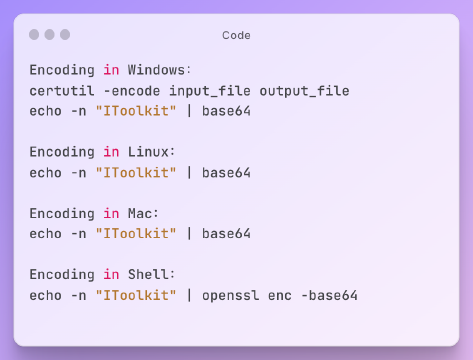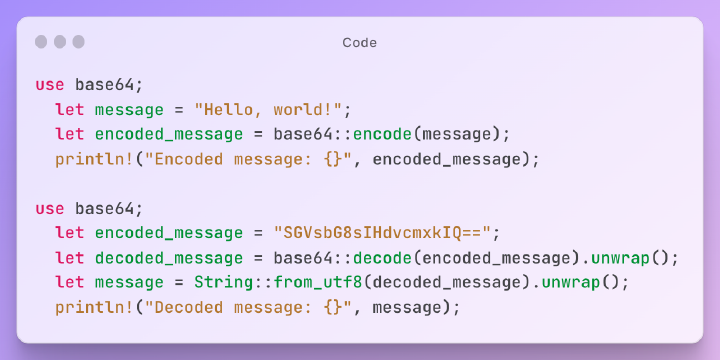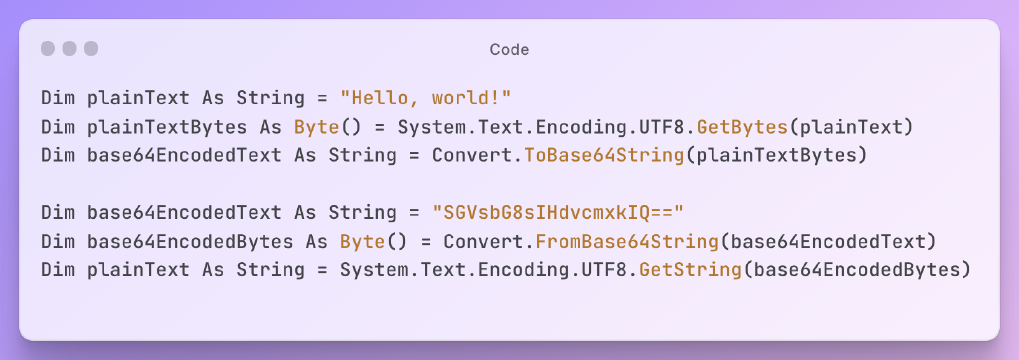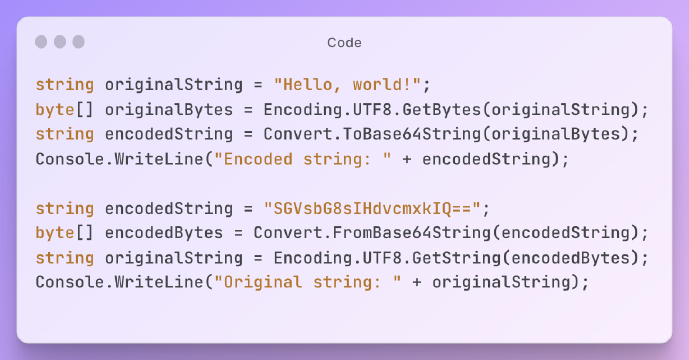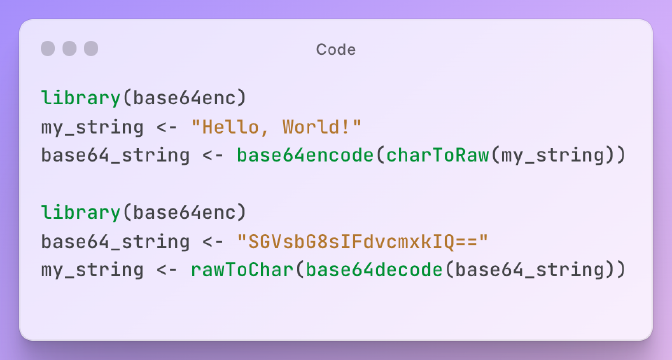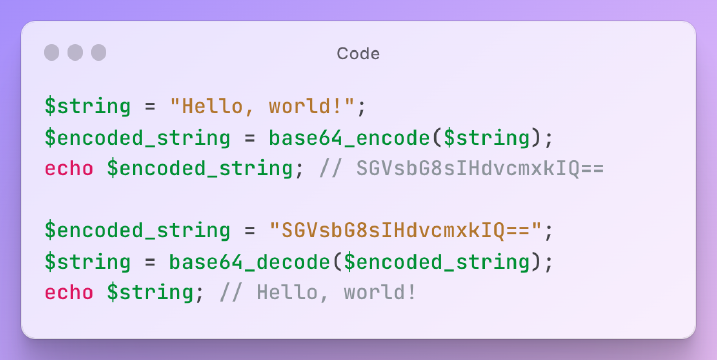Excerpt§
Explore the difference between serialization and encoding in programming. Discover the purposes, benefits, and distinctions between these two concepts.
Serialization and encoding are two related but distinct concepts in programming. While both involve transforming data, they serve different purposes. This article will explain what serialization and encoding mean, discuss their key differences, and provide examples to highlight when each technique is applicable.
Introduction§
In computing, serialization is the process of converting an object or data structure into a format that can be stored or transmitted. Encoding refers to translating data from one format into another optimized for a particular use case.
While serialization can utilize encoding as part of the process, the two concepts are not interchangeable. Understanding the precise difference allows selecting the right technique for specific data handling needs when programming.
Serialization§
Serialization is the process of converting an object or complex data structure from an in-memory representation to a format that can be stored long-term or transmitted across a network.
Some key properties of serialization are:
- Serialization converts data into a self-contained sequence of bytes.
- This serialized format preserves the data relationships and structure.
- The serialized data can be stored, transmitted and reconstructed later.
Common uses of serialization in programming include:
- Saving program state periodically to restore later in case of crashes.
- Transmitting objects through communication channels like RPC and web services.
- Storing and retrieving complex object data from databases.
Benefits of serialization include persistence, transmission, and reconstruction of complex runtime objects.
Encoding§
Encoding refers to translating data from one format into an alternative encoded format. This encoded form is designed to meet specific needs like compression, encryption or transmission.
Some examples of encoding data are:
- Converting text into ASCII or Unicode to standardize transmission.
- Encoding binary data into Base64 format for transmitting over text-based mediums.
- Compressing data like images into JPG/PNG formats to optimize space.
- Encrypting data to protect confidentiality and security.
Common benefits of encoding include compressed storage, secured transmission, compatibility across systems and optimized performance.
Tools like Base64 encoders provide simple data encoding capabilities.
The following is a free online verification tool for you, come and try it out!§
Differences between serialization and encoding§
While serialization can apply encoding techniques, the two concepts differ in some key aspects:
Purpose
- Serialization converts data for storage/transmission.
- Encoding transforms data for specific needs like compression.
Scope
- Serialization handles entire objects and complex structures.
- Encoding works on simple data types and formats.
Preservation
- Serialization preserves full object structure and state.
- Encoding may optimize/encrypt data for space/security.
Reconstruction
- Serialized data can fully rebuild complex objects.
- Encoded simple data may not fully preserve initial structure.
Usage
- Serialization used for persisting objects, RPCs, and storage.
- Encoding used for compression, encryption, transmission optimization.
So in summary, serialization handles complex data structures while encoding works on simpler data types and formats. Serialization preserves full state for reconstruction, while encoding optimizes data for specific needs that may discard some information.
Examples highlighting the distinction§
Serializing a network packet object to transmit over the wire then deserializing to reconstruct at destination. Encoding handles just the packet payload data.
Serializing a graph data structure to store it into a database and reconstruct later. Encoding converts the node/edge data into an optimized format but doesn’t preserve the overall graph structure.
Serializing threads/processes for checkpointing and restarting from saved state. Encoding techniques like compression are used internally as part of serialization process but don’t serialize the state themselves.
Conclusion§
In summary, serialization and encoding serve complementary purposes. Serialization persists and transmits entire data structures while encoding transforms simple data formats for specific needs.
Understanding the distinctions helps apply the right technique. Serialization preserves full object state across storage and communication while encoding optimizes data for constraints and requirements. Both techniques power critical aspects of efficient data handling in programming.
Hopefully this article helped explain key differences between serialization and encoding. Please leave any questions in comments, and share your first-hand experience applying these concepts in your projects!



